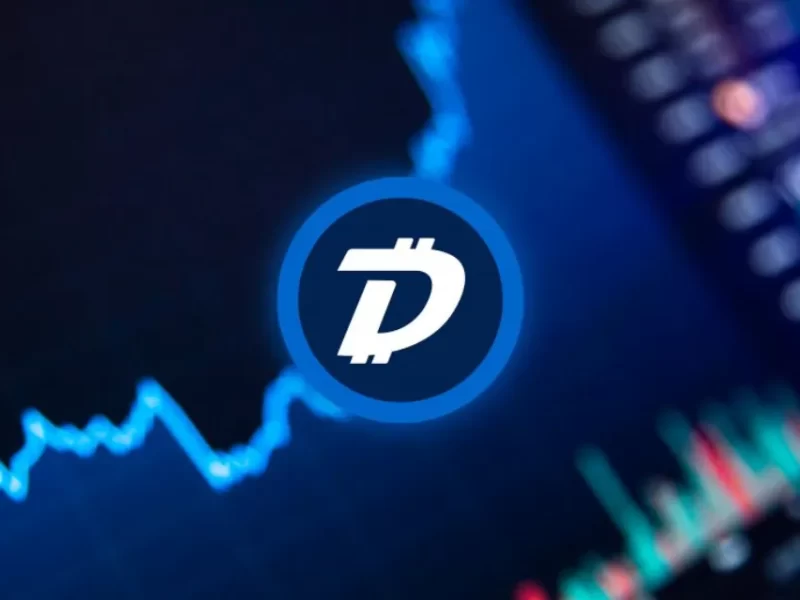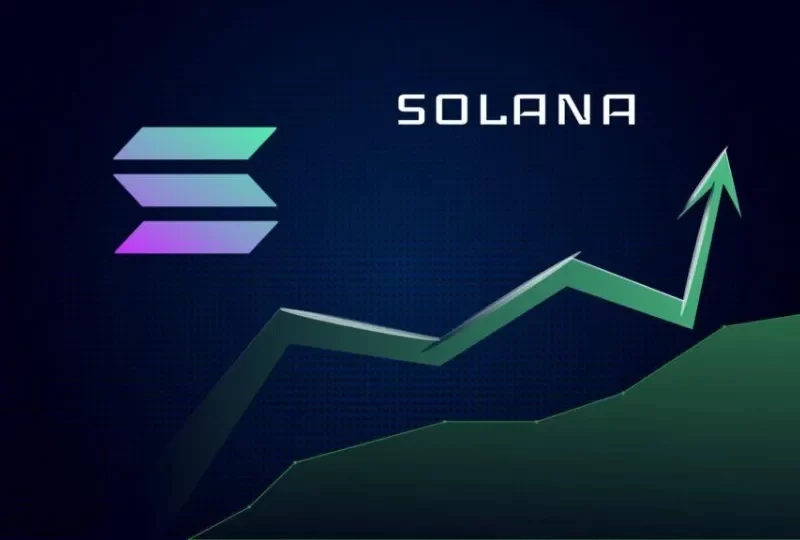More than any other blockchain, Ethereum is changing the world in practical ways thanks to the introduction of smart contracts and the opening of the first DApps.
Solana, a different cryptocurrency, is drawing a lot of interest. Solana was introduced in March 2020, and it has since developed into the sixth-largest cryptocurrency by market capitalization.
So why can Solana surpass Ethereum? The following explanations will help you understand why Solana is so well-liked and why you should invest in it.
Current Ethereum State
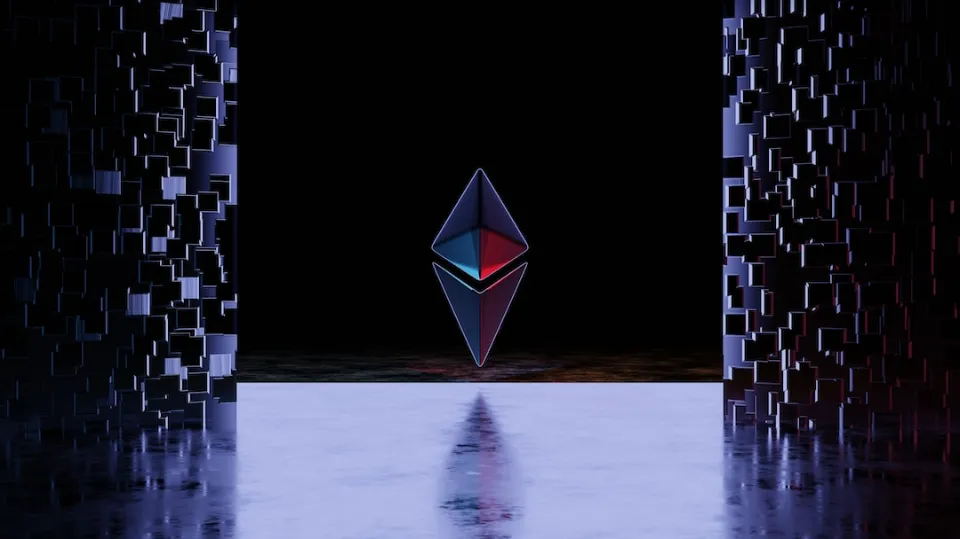
On okx.com, you can see the current price of Ethereum, but first, let’s talk about where Ethereum is. Recently, Ethereum finally began “The Merge” and eliminated the climate-damaging validation technique, proof-of-work (Instead of using proof-of-work (PoW), Ethereum uses proof-of-stake (PoS), which consumes 99% less energy. The blockchain has increased in capacity, allowing it to take on more projects at a lower cost while also reducing its carbon footprint.
Long-term beneficiaries of the change aside, Ethereum has lost the support of cryptocurrency miners who relied on it to generate revenue. Since ETH is still lightyears ahead of all other cryptocurrencies besides Bitcoin, it has suffered along with the general declines in the crypto market.
Solana’s Argument

Solana is the youngest of the smart contract blockchains, having only been around since 2020. Solana has generated a return of 3,700% since its founding, which is a remarkable figure. The validation method used by Solana is PoS, a recent addition to Ethereum. It also employs proof-of-history (PoH), a cutting-edge technology that eliminates the need to stamp blocks, speeding up transaction times.
Since Solana has experienced five outages in the past year, which suggests it still needs time to mature, there is a risk associated with using it, as there is with all things blockchain. Solana is among the blockchains with the highest potential to surpass Ethereum due to its low fees, high security, and phenomenal speed.
Reasons That Make Solana So Interesting
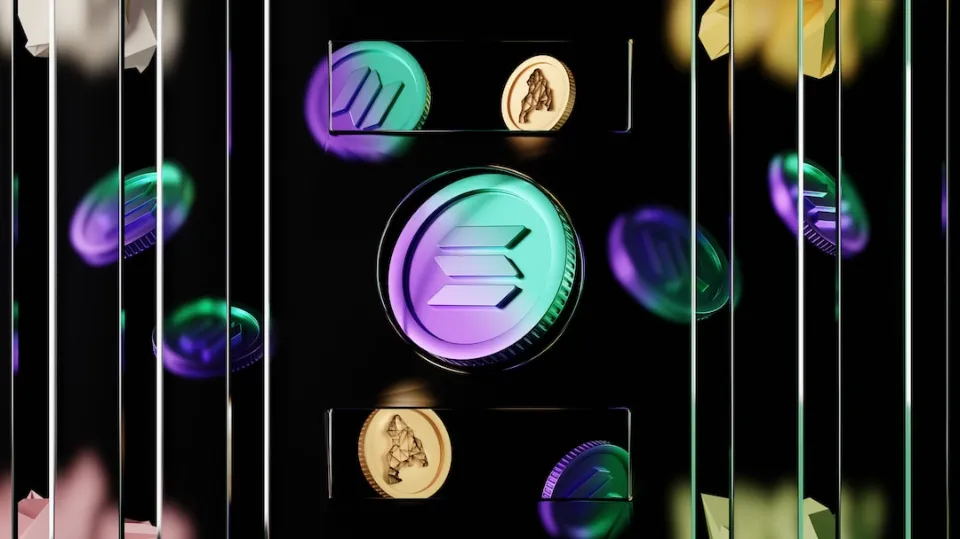
One of the main reasons that make Solana cryptocurrency among the most interesting ones in the coming year is definitely inherent right in its scalable feature, with the speed of transactions making it one of the fastest blockchains on the market today. This fact also makes it one of the cheapest blockchains, with costs well below not only Ethereum, as well as the majority of other blockchains.
Solana, compared to Ethereum, also has another major advantage: it does not have a waiting period between processing a transaction and adding that transaction to the blockchain. In contrast to Ethereum, where there is a 4-minute waiting period before a transaction is validated, transactions are accepted almost immediately.
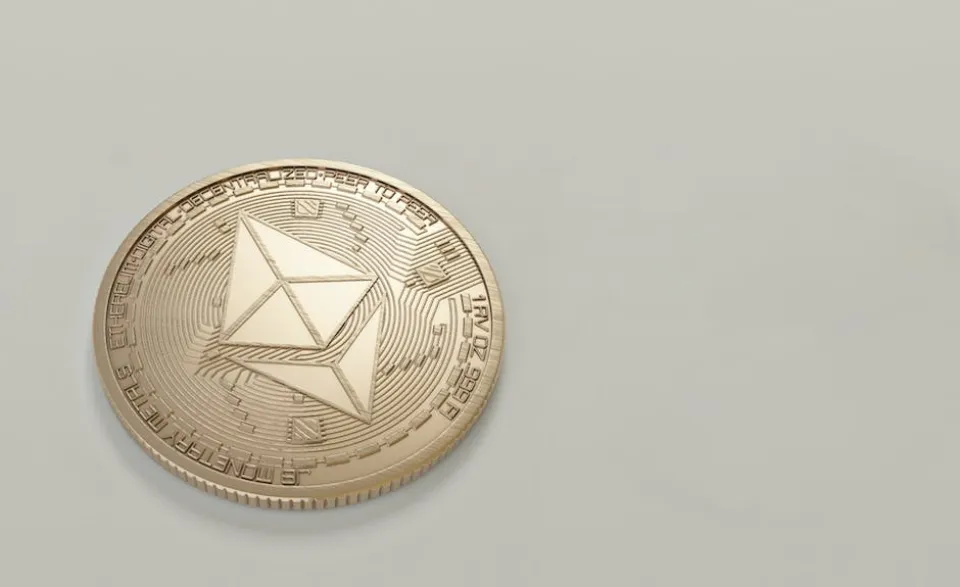
Solana is definitely more eco-friendly, spending much less energy than The energy-intensive blockchain of Ethereum gives it a clear advantage at a time when environmental concerns are gaining more and more attention from the general public.
These reasons make it increasingly attractive to developers of dApps and new projects, especially in the fast-growing DeFi ecosystem.
Despite Ethereum still remaining the most widely used blockchain, Solana is the one that has much higher growth rates than any other blockchain currently in use.
The Solana network’s TVL has increased 15 times in the past six months, and the number of dApp users has already surpassed that of Ethereum network users by almost 50%.
Why is It So Popular?
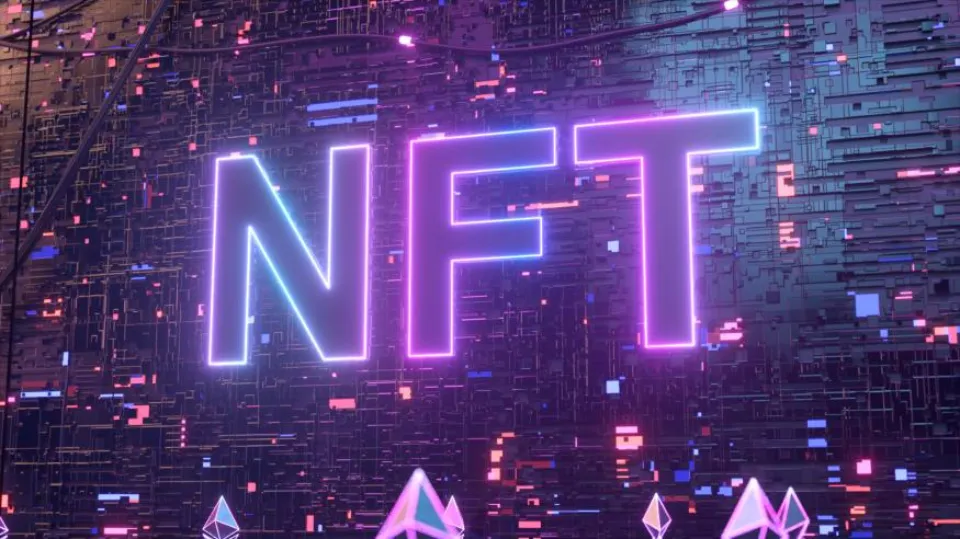
Decentralized scalable applications can be hosted on the open source blockchain platform known as Solana. Solana is the fastest blockchain in the world; whereas Ethereum is the most popular blockchain, it has faster transaction times and lower costs than Ethereum.
Additionally, it is the location of the cryptocurrency ecosystem with the fastest rate of expansion. There are thousands of projects there related to decentralized finance (DeFi), non-fungible tokens (NFTs), decentralized networks (Web 3.0), and other topics.
Anatoly Yakovenko, a computer engineer, first suggested Solana in a white paper in November 2017. He explained Proof of History (PoH), a method for confirming chronological order and the interval between events.
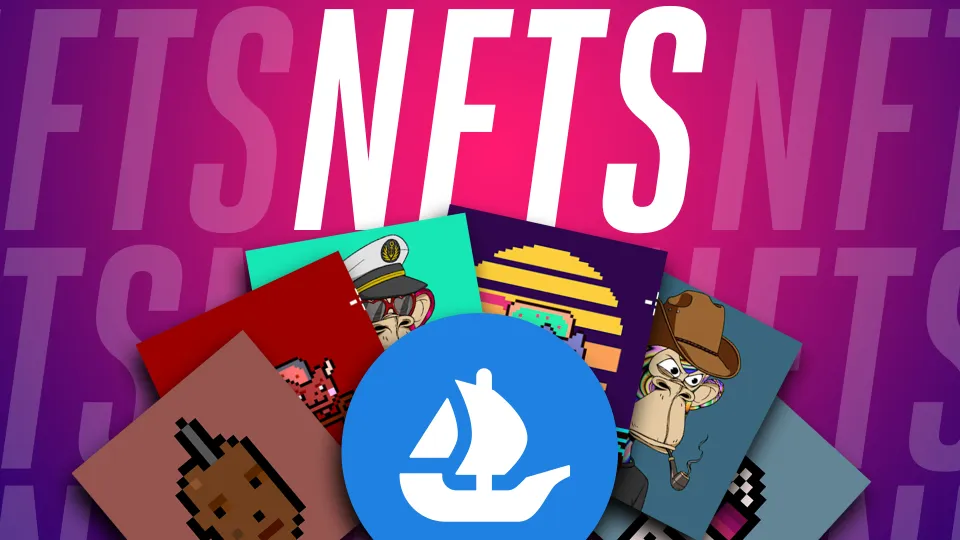
The majority of blockchains don’t rely on an established time. Every node in their network instead uses its own local clock. This means that when a message timestamp is used to accept or reject a message, there is no guarantee that every other member of the network will take the same action. Since the majority of blockchains lack a reliable source of time, this uncertainty exists.
This problem is resolved by Solana’s exceptional PoH algorithm and lightning-quick synchronization engine. The network bandwidth is the only restriction on the PoH network, a proof-of-hash variation, in terms of the number of transactions per second (tps).
How Does Solana Compare to Ethereum and Bitcoin?
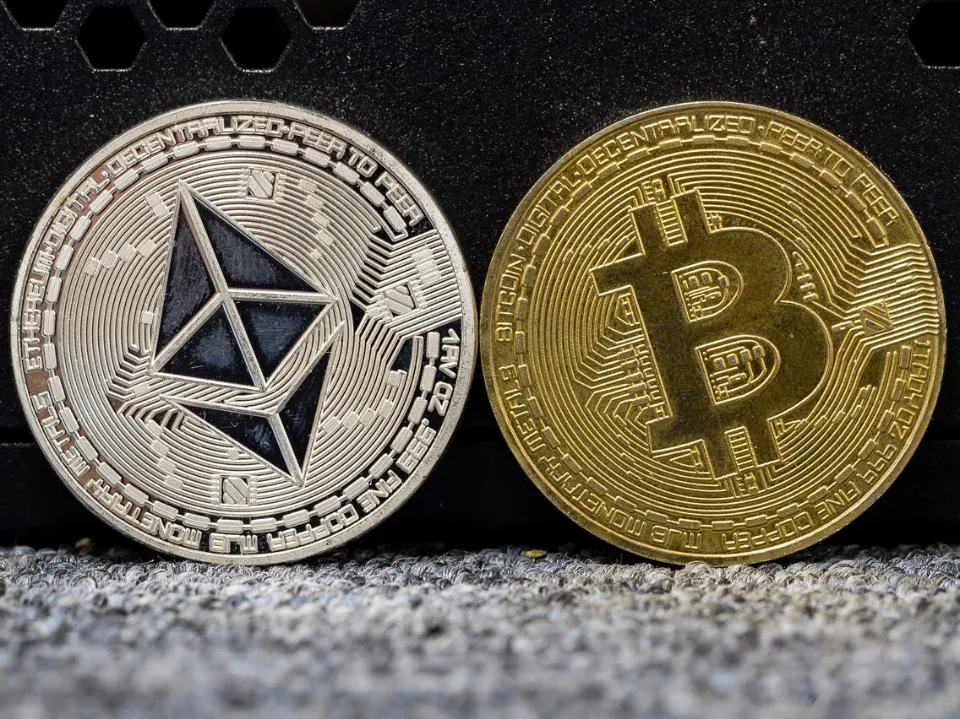
Without synchronized clocks, blockchain platforms like Bitcoin and Ethereum struggle to scale beyond 15 transactions per second globally. That’s incredibly slow for a decentralized payment application that is continuously “on-chain.”
Meanwhile, the PoH algorithm developed by Solana has an industry-leading processing speed of 65,000 transactions per second and can process a block every 400 milliseconds. The network will accelerate along with hardware. Visa and Ethereum are far behind this number. But it’s capable of much more. The Solana network has a theoretical processing capacity of more than 710,000 tps without the aid of any scalability techniques.
In general, Solana charges just $0.00025 per transaction in fees. The fees for both users and developers will stay below $0.01 per transaction thanks to its scalability. The typical price per transaction on Ethereum is $15.00. For Bitcoin, the average transaction cost is $2.06. For businesses that handle between $10,000 and $250,000 in annual payment volumes, the average cost of processing a credit card payment ranges from 2.87% to 4.35%.
According to the Bank of America, Solana could surpass Ethereum to become the Visa of the digital asset ecosystem given its speed, scalability, quantity of decentralized applications on its network, and low cost.
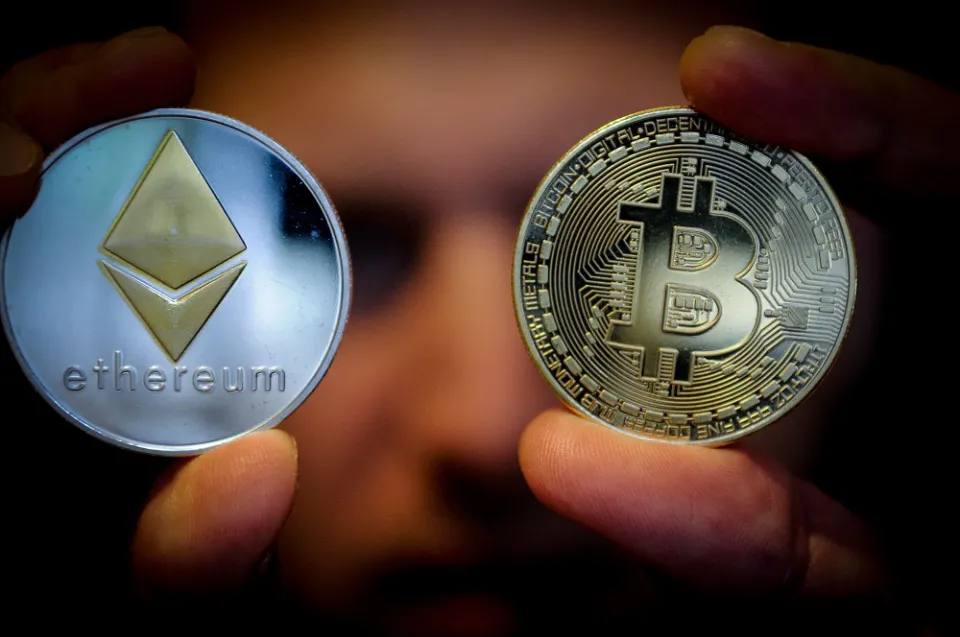
The Solana and SOL token is a fractional currency that can be purchased in units called lamports, much like Bitcoin and Ethereum. The value of each lamport is 0.000000001 SOL. 334 million SOL tokens are currently in use, according to the Solana Foundation; a maximum of 489 million will eventually be produced.
What Can We Expect from Solana in the Future?
Although Solana is a relatively newer blockchain than other popular ones like Ethereum, its native currency, SOL, has already risen to the top ten cryptocurrencies in terms of market capitalization. The fact that the Mainnet is still in beta means that the network’s creators are working hard to enhance its dependability and functionality.
The network aims to find solutions to some of the most pressing issues facing the sector, primarily speed and scalability for widespread adoption. The intrinsic qualities of a strong layer-1 protocol are not intended to be compromised in order to accomplish this.
By implementing a more effective consensus model, a transaction processing mechanism, and innovative temporal architectures, the network aims to solve the scalability issue.
FAQs
Can Solana Replace Ethereum?
In many ways, Solana and Ethereum are equivalent. However, it can process transactions more easily and with less computational power. Solana’s creators have developed a cryptocurrency that can handle up to 65,000 transactions per second.
Why is Solana More Centralized Than Ethereum?
In its next iteration, the decentralized network ETH plans to switch from the PoW consensus mechanism it uses today to a PoS protocol. On the other hand, Solana is more centralized. The reason for this is that more than 35% of Solana’s total stake is held by just a third of its top validators.
Which Crypto Could Overtake Ethereum?
The price performance of Cardano over the last year has been astounding. According to popular belief, ADA is the third-generation cryptocurrency that aims to address some of the issues that both Ether and BTC have.
Can Solana Reach Ethereum Market Cap?
It’s not impossible that Solana will eventually reach a market cap of $378 billion, considering that the peak market capitalization of Ethereum was around $548 billion. It won’t be simple at all for Solana to increase in price by about 40 times in order to reach a price of $1,000.


